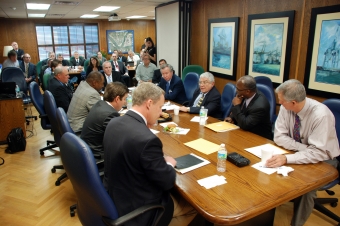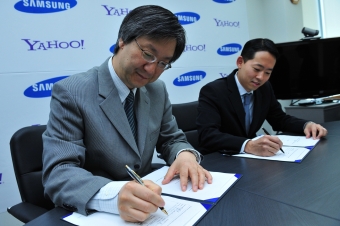Summary:
It is an activity that combines content, skills and competencies to work concepts and elements of arbitration through the writing of arbitration clauses.
Objective:
- GENERAL GOAL: the arbitration clause is a kind of arbitration convention. It should indicate not only the option of the parties for arbitration as resolute method of controversy, but also the rules that will apply the procedure and the merits of the case and especially the rules for the constitution of the arbitral tribunal and institution of arbitration under of law. It is common that the parties opt for the application of a particular regulation arbitral institution (called institutional arbitration), so this regulation becomes incorporated into the arbitration clause. A poorly written arbitration clause (known as pathological clause) even in the case of institutional arbitration may be the source of many difficulties at the moment to operationalize the arbitral process. Therefore, the overall activity’s goal is to give students the content, skills and necessary expertise to the writing of a good and thorough arbitration clause, preventing conflicts that may arise with related to the own establishment and institution of arbitration.
- SPECIFIC GOAL: to make students able to write arbitration clauses, involving from simple contractual relationships to networks of complex contracts.
- DEVELOPED ABILITIES: it is intended that students develop legal writing, contractual writing and explore content related to the writing of arbitration clauses (ad hoc arbitration concepts and institutional arbitration, language of arbitration, applicable laws, arbitral seat), as well as develop the ability to team work.
Dynamics:
- TEACHING METHODS: writing workshop and role-playing.
- REQUIREMENTS: obligatory reading of the text GABBAY, Daniela Monteiro; MAZZONETTO, Nathalia; KOBAYASHI, Patricia Shiguemi. Desafios e Cuidados na Redação de Cláusulas de Arbitragem. In: BASSO, Maristela; POLIDO, Fabrício Bertini Pasquot (org.), Arbitragem Comercial: princípios, instituições e procedimentos - A prática do CAM-CCBC, São Paulo: Marcial Pons, 2013, p. 93-130.
- INTRODUCTION TO THE DYNAMICS: the content of preparatory classes was divided into three areas: (i) basic elements (ii) complementary elements and (iii) complex elements of the arbitration clause. Basic elements: concept of arbitration agreement, clause and arbitration as species of the arbitration agreement, autonomy of the arbitration clause and the competence-competence principle, ad hoc arbitration and institutional, and the choice of an arbitration chamber: to ponder and evaluate. Complementary elements: language of the arbitration, applicable law and arbitration headquarters. Complex elements: judicial election forum of choice for pre-arbitral or post-arbitration contentious, multiple parties, multiple contracts and multiple procedures. In the first class, the professor explained the operation of the dynamic and at the same time divided the room into 6 groups of 3-4 students, positioned internally within the group, facing each other, to facilitate debates.
- DEVELOPMENT OF THE DYNAMICS: every class the professor showed the frame of some contractual relations and/or problem-situations, and asked the students to discuss in groups and rewrite the appropriate arbitration clauses in situations proposals for about 20 minutes. After the group debates and the rewriting of clauses, the professor invited them to submit their respective versions and the other to make comments. Then, the professor submitted his comments and eventually formulated more questions or problems.
- END OF THE DYNAMICS: after the initial debates, the professor looked together with the classroom the versions that were presented, highlighting possible omissions or problems, and still making one correlation with the content covered in class.
- ATTENTION IN THE CLASSROOM:
1) It is recommended not to form groups of many components (maximum 4 students per group) as well as to keep a maximum of 6 groups.
2) It is important that the professor let the students write freely, without using models.
3) It is recommended not to work with hypothetical cases, preferably using problem-situations or guidelines extracted from practical cases or judicial precedents.
Evaluation:
- FEEDBACK: During the class.
- GRADE EVALUATION: participation percentage.
Observation:
Copyright from the cover page image. Image: "Writing", 2007, available by the Flicker user "Jonathan Kim", under the Creative Commons BY-NC 2.0 license.





